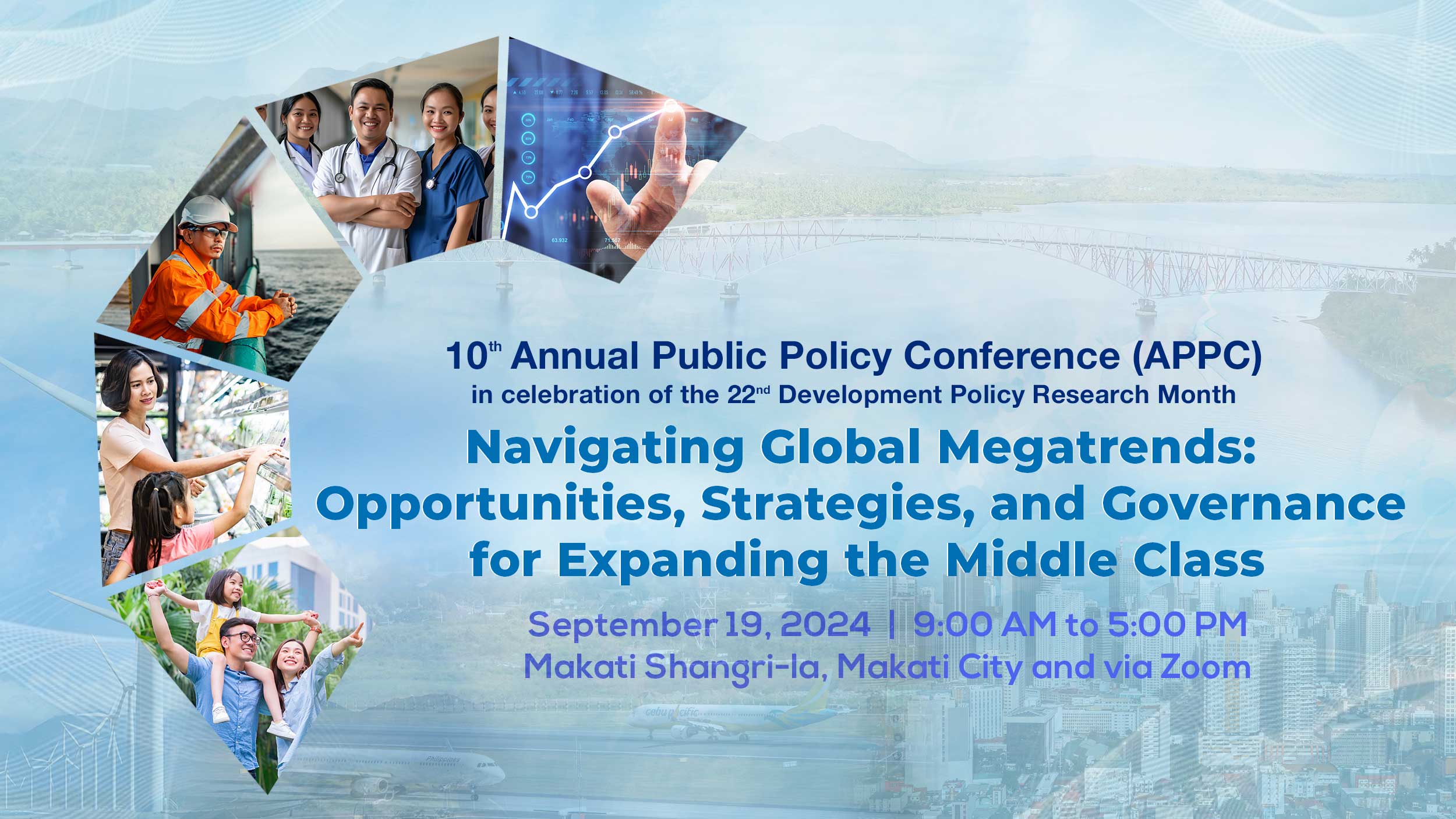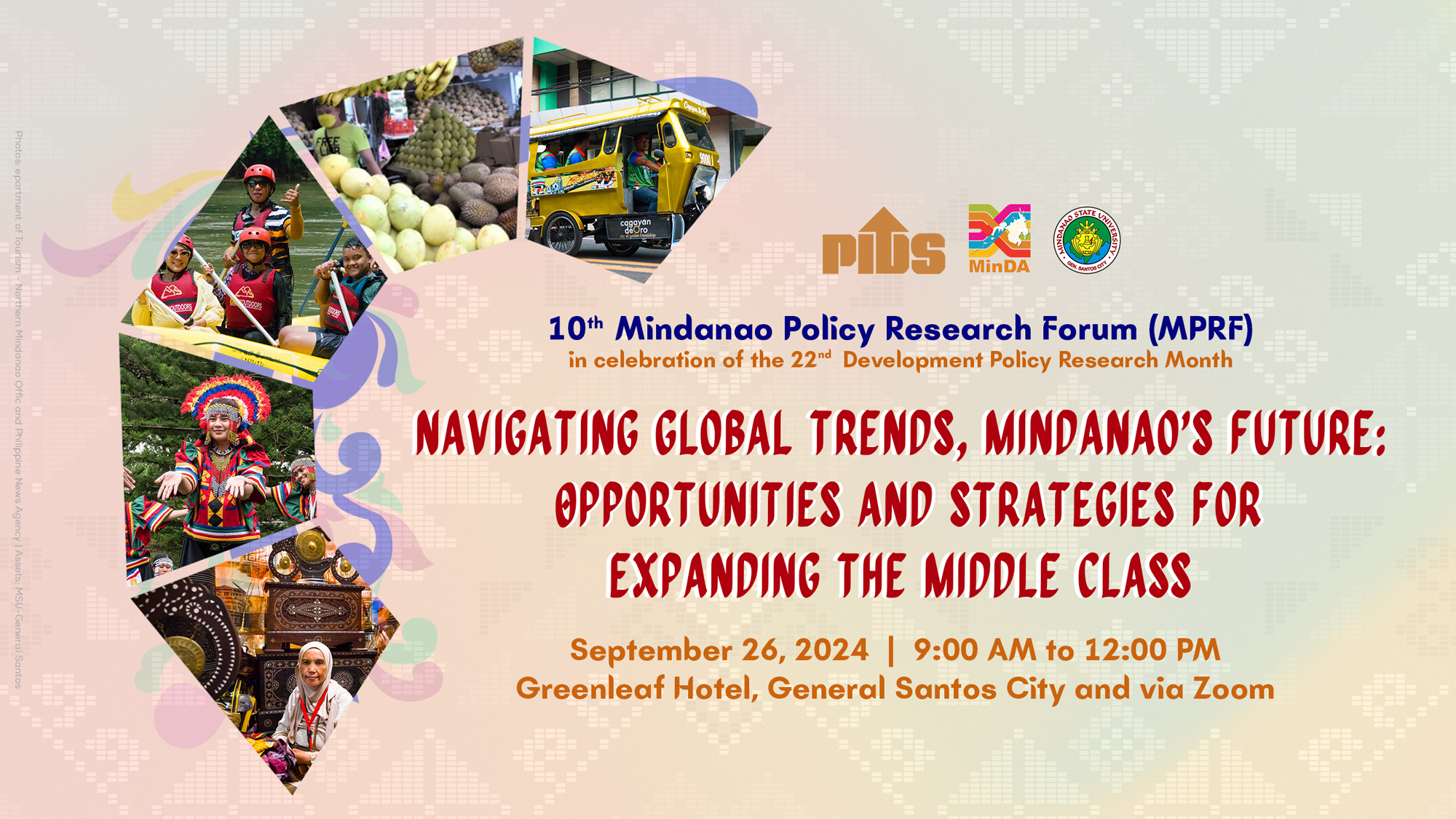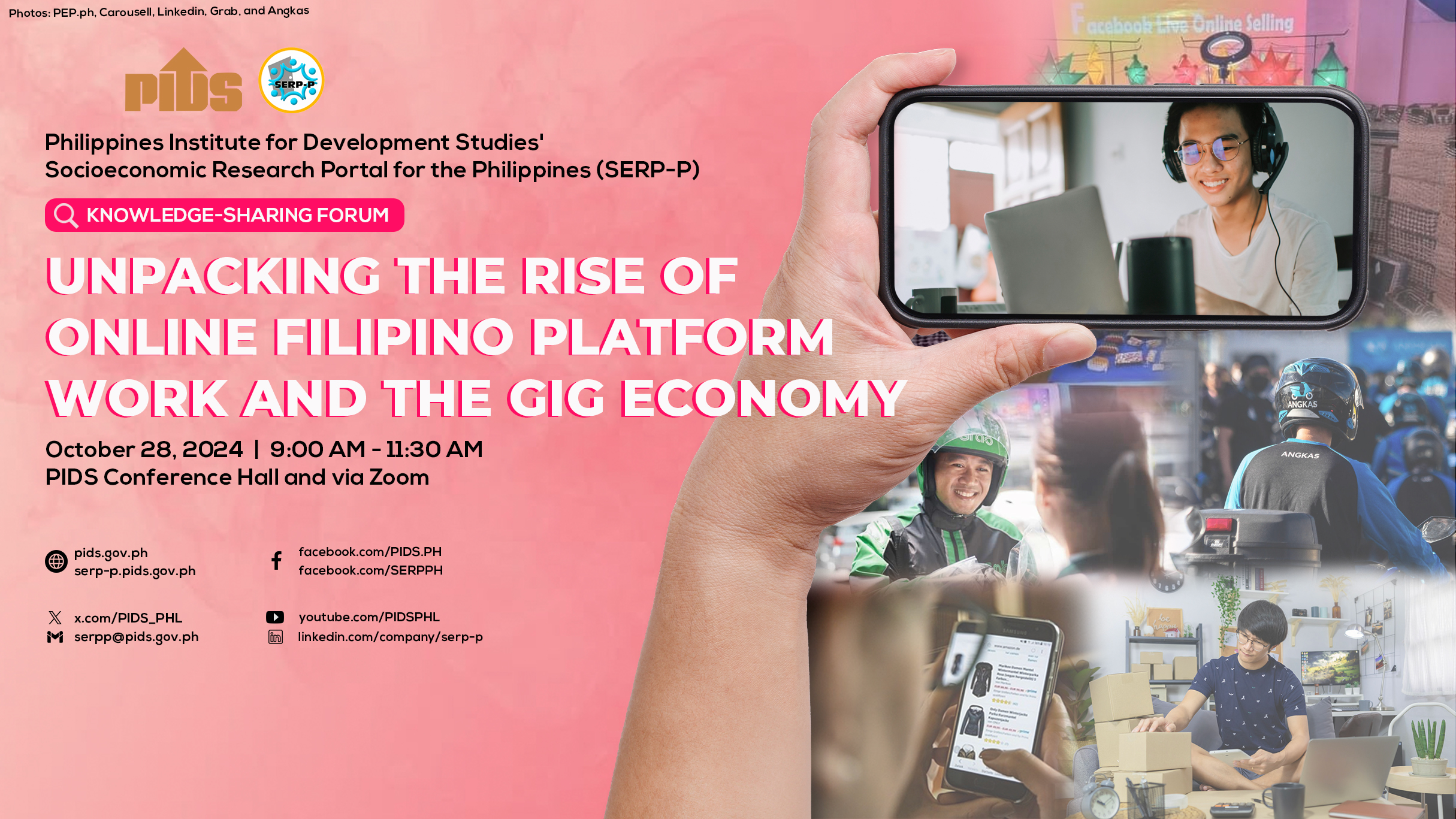In the Philippines, a collective vision and aspiration called AmBisyon Natin has been set: by 2040, the country will feature a prosperous, predominantly middle-class society where poverty will have been eradicated and where smart and innovative Filipinos thrive in a high-trust society that allows them to live long and healthy lives. Whilst a rising middle class is often seen as a sign of prosperity, its political implications are far from straightforward.
The trouble begins with defining middle class, since this largely depends on one’s understanding of the concept of class itself. Dominant theoretical modes of class analysis tend to focus either on the material and economic foundations of class or on the cultural dimensions of class that appear in consumption and lifestyle choices. Marx and Engels would point to the middle class’s characteristic location between the labour and capitalist classes and how this leads to positions of contradiction. For Bourdieu, the middle class can be identified by their habitus, i.e., certain sensibilities, values, and practices that are inculcated early in life and reinforced through socialisation. Habitus not only distinguishes the middle class from other social classes, but its reproduction also helps maintain the middle class’s position in the social hierarchy.
Today’s Filipino middle class can be defined using measures such as income or consumption. The Philippine Institute for Development Studies (PIDS) defines the Filipino middle class as households with per capita incomes within two and twelve times the official poverty line. The National Economic and Development Authority identifies Filipino middle-class aspirations as earning enough to afford daily needs, owning a medium-sized home and at least one vehicle, supporting their children’s education up to tertiary level, and going on trips for vacation. The Philippine Statistics Authority (PSA) uses average annual family income and expenditure from a Family Income and Expenditure Survey (FIES) to determine income distribution in deciles. Market researchers categorise respondents into five socioeconomic classes from A (rich) to E (very poor); this simplified classification is generally understood and used by the public when discussing class. According to the World Bank, average middle-class households consisted of four members, had only one child dependent on them, and were headed by individuals with higher education. Those employed were more likely to work for the government or own a business, work better quality jobs in the services or manufacturing sectors, and earn higher wages. There is also a large share of middle-class households that rely on remittances.
In addition to the challenges of defining the middle class, middle-class politics often reflect the ambiguity of middle-class interests. At one point, the middle class was considered the main social basis of the fascist movements in 1920s and ‘30s Germany and Italy (Bottomore, 1991). Yet decades later, in his influential Social Origins of Dictatorship and Democracy, Barrington Moore wrote the oft-cited claim “no bourgeoisie, no democracy.” The plot thickens. In recent years, sections of the middle class have been turning to populist strongmen such as Rodrigo Duterte in an effort to protect their interests and socioeconomic position.
Allies for national democracy?
The Filipino middle class has at important historical junctures allied with the Filipino working class and marginalised sectors of society, only to later tip the scales in favour of the ruling class. The most familiar example is the 1986 People Power Revolution. Hundreds of thousands of Filipinos descended upon Epifanio de los Santos Avenue (EDSA) to protest the Marcos dictatorship and the electoral fraud that would have kept Marcos in power. It gained worldwide recognition as a largely nonviolent revolution and inspired similar movements in Asia and Eastern Europe in the late-1980s.
Yet prior to EDSA, the middle class was largely disorganised and did not have its own effective, established networks to mobilise. The interplay between the middle class and the Left during this period was therefore undeniable. Years of organising by the Philippine Left during Marcos’ authoritarian rule created space for the involvement of the middle class. During Martial Law, the ND movement grew, in part due to repression from the Marcos regime. One of the most important contemporary movements, the ND movement calls for national industrialisation, genuine land reform, and a new socialist democracy. Without a middle class responding to calls to mobilise, however, EDSA would not have been successful. The Left and the middle class needed each other in bringing People Power to bear.
The results from the movement fell far short of revolutionary aims, with the ruling class ultimately neutralising threats to its interests. People Power is said to have ‘faltered’ (Abinales, 1996) and is ‘incomplete’ (Heydarian, 2016). Scholars have also characterised the first EDSA revolution as ‘transformist’ (Hedman, 2005), and the country as ‘changeless’ (Timberman, 1987), trapped in a ‘cacique’ (Anderson, 1988) or ‘bourgeois democracy’ (Thompson, 2010). Moreover, in the revolution’s aftermath, the hegemonic narrative of People Power has centred the middle class and side-lined the Left.
In the post-Marcos era, how does a rising Filipino middle class engage with mobilisation efforts of the ND movement? Through remote interviews with Filipino activists and grounded in a Marxist understanding of class and of social movements, I uncover three definitions of a rising Filipino middle class that point to interrelated processes that help shape leftist mobilisation.
Middle class ‘rising’, movement shifting
Firstly, a Filipino middle class that rises, in the sense that it mobilises, challenges the Philippine Left to expand its repertoires of political contention and recognise the widespread public support for electoral politics and civil society. After awakening to its political potential during the 1986 People Power Revolution, a rising, mobilising Filipino middle class demonstrated that classes matter not only as causes of mobilisation, but also as effects of mobilisation (Eder, 1995). From their participation in the movement, the rising Filipino middle class was able to assert its collective power and demonstrate that by aligning with the masses against the ruling elite, the latter can succumb to the demands of the majority. In the aftermath of the Marcos dictatorship, the Philippine Left split along strategic and organisational lines, grappling internally with how much emphasis to place on the urban sector and the shift to parliamentary struggle versus the need for a protracted people’s war in the countryside. The ensuing splintering resulted in the marginalisation of the Communist Party in national politics but a proliferation and expansion of left-leaning organisations in the political arena.
Secondly, since the end of the Marcos regime, official government statistics have shown a slow but rising – expanding – middle class. PIDS calculates that middle-income households grew by 2.6 percentage points from 2006 to 2015 to comprise almost 40% of the population. This translates to a growing number of individuals involved in more sectors of the economy. However, activists I spoke with held contrary perceptions and analyses about this idea of a rising Filipino middle class. Instead, they consider the Filipino middle class as precarious and under pressure, given the realities they witness when engaging with the poor and working class on-the-ground. These two interpretations of a rising, expanding middle class can co-exist as truths. What it suggests is that there may be political opportunities to leverage the middle class’s control over sectors that provide essential services such as healthcare and education. The Left can place increasing importance in organising a broad formation that engages the middle class by addressing their desire for a secure and stable economic condition.
Lastly, part-bourgeois and part-proletariat, the middle class aspires to rise, as in climb the social hierarchy and improve their position even when a looming shadow of precarity continues to haunt it. The middle class’s contradictory class position shapes its economic, political, social, and ideological sensibilities. Members of the middle class are seen as individualistic, concerned with private interests, isolated, and faithful believers in the meritocratic myth. This middle class habitus, formed early on and reinforced through socialisation, is certainly not deterministic, but it is nonetheless difficult to break.
The middle class is characterised by having a choice in the struggle. In a process of embourgeoisement, the rise of the middle class may reduce solidarity for the working-class. As a result, the Left mounts counter-aspirational, class-divergent organisational strategies that seek to channel individual efforts for the collective struggle. Mobilising the middle class is to encourage individuals to choose to break with their middle class habitus and unlearn deeply entrenched neoliberal notions of mobility and success that are corrosive to the movement. Emphasis is placed on building one-to-one rapport and personal relationships and identifying individual skills and interests that can be used to support the movement. The ongoing challenge, however, is to remain steadfast in sustaining a ‘proletarian discipline’ whilst doing the intellectual work of countering bourgeois ideologies.
Looking ahead
With AmBisyon 2040, we can expect the Philippine government to continue prioritising the expansion of the Filipino middle class given its importance in the development of capitalism and a bourgeois society. Historically, the Filipino middle class has demonstrated the potency of its political power, and thus contributed to shaping the repertoires of political action in Philippine politics, including the ND movement. Its class position, however, means that the middle class enjoys the privilege of having a choice – align with the bourgeoisie or ally with the working class.
For too long now, the Filipino people have endured cycles of transformismo – Antonio Gramsci’s term for “the parliamentary expression of [the] action of intellectual, moral, and political hegemony” (1971: 58). Mobilising the middle class will be key in breaking this cycle in favour of a more democratic society that challenges the current socio-political and economic structures of the Philippines that only serve the interests of local and foreign elite. With Philippine national elections in 2022, we are witnessing multiple efforts, some of which are led by unorganised members of the middle class, to maximise the impact of electoral politics in ushering positive social change. Yet the struggle must continue beyond the ballot; the middle class has a meaningful role to play in calling for national democracy through all available avenues. To this occasion, I hope the Filipino middle class rises.
Rising Filipino middle class: Allies for national democracy?












